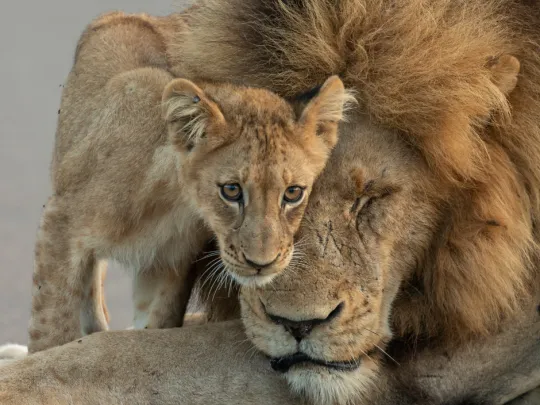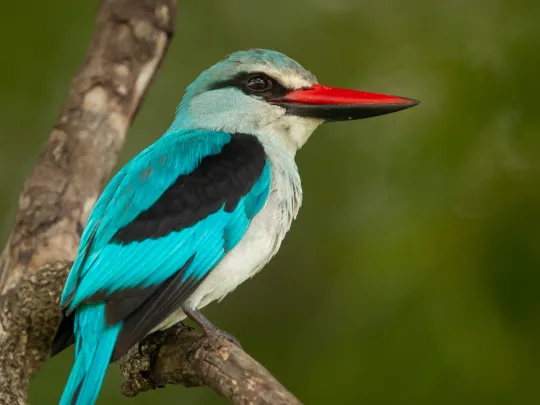Baby Animals - Is There A Quota On Cuteness?
Baby animals are cuteness personified. But is there an actual reason for this cuteness besides giving us much to go gaga about over these adorable little things?
Let's start with the hyena. While adults are often maligned and fall into the ‘only a mother could love them’ category, their babies are little black fur-balls of the cutest kind.

Hyena pup
Another creature with a sloped spine but a lot loftier, a baby giraffe has to literally drop into this world (from a height of about two metres!) when it is born, then struggle to stand on those long, matchstick legs.

Giraffe calf
Zebra foals? Almost carbon-copies of their mothers (although each zebra's stripes are as individual as a human's fingerprints), only in miniature form.

Zebra foal
Or if you prefer spots to stripes, cheetah cubs with their blackened fuzz which helps keep them camouflaged and safe from predators (think polecat and honey-badger impersonations). They're adorable – cavorting with their siblings and chasing insects.

Cheetah cub
It is just impossible to resist. In baby season, there's an astounding array of wobbly legs, fluffy coats, big-eyed wonder and adorable antics while on safari.
Spring is in the air
November is the peak cuteness month. Spring is sprung once the first rains arrive. Rains are often dramatic afternoon thunderstorms, closely followed by sunshine.
Almost overnight, the parched earth, tree skeletons and brown grasses transform into a 40-shades-of-green wonderland with lush new shoots, tender leaves and bright blossoms.

Impala calf
It’s birthing season for many, especially the plains game like impala, wildebeest, zebra, buffalo and many antelope species.
The science of cuteness
Konrad Lenz, an Austrian zoologist, proposed in the 1940s that infantile features cause us to see baby animals as cute –things like large heads, rounded faces, big eyes, common to most baby animals.

Lion cub
Later scientists proved that the cuteness factor of all young is directly related to the amount of care and nurturing it receives. It all boils down to the survival of the species. Babies are at their most vulnerable – they are slower, smaller and still have lots to learn to survive – like not putting its snout down a honey badger's burrow, or venturing close to a lion's den.

Elephant calf

Leopard cub
But even better, the green/rainy season is often far more affordable (especially in Botswana), is less-crowded and is the most spectacular time for birders.
See our earlier blog, Kruger Secrets: The best month to visit for the scoop.
You may also want to look at

Bush Babies: Tomorrow's Predators in the Making ...
It's baby season for big cat and canine predators in southern Africa and, on any game drive in one of the bigger parks and reserves, you're very likely to come across some very cute additions to the pride or pack or solitary cats.

Kruger Safaris November 2021 Highlights
The cat's out of the bag! November really could be the best time of year to go on safari in Kruger. We've always loved how the bush comes alive after the first rains in November. Flowers bloom, leaves turn green and baby animals abound. Everything smells fresh and new and there's a feeling of anticipation in the air.

Best Time to Visit Kruger National Park? The Secret Month Revealed!
Most safari guides will tell you that the best time to visit Kruger National Park is during the dry season (June to September). And while that's mostly true, there's a little-known secret among Kruger enthusiasts.
About the author

Briony Chisholm has been travelling the back roads of South Africa for as long as she can remember – she’s from one of those families. The safari writing, however, only started a couple of years’ ago, and she loves it. She can even tell you the difference between safari vehicles now. Briony lives in Cape Town from where she does much armchair travelling and as much real travelling as she can fit in.









